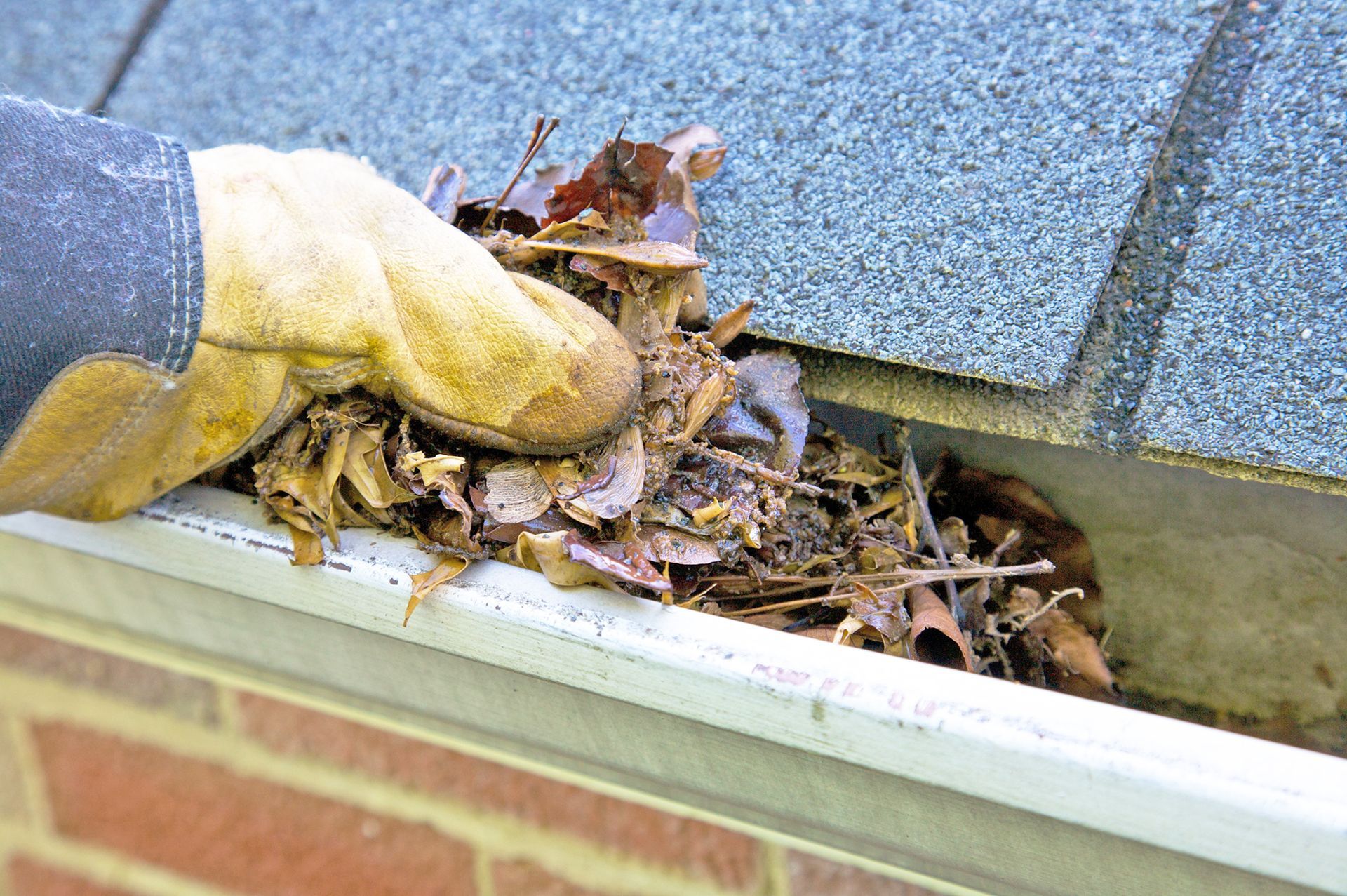A Final Thought: Salt the water, not the grits
After all, you wouldn’t eat plain pasta right outta the boiling water without doing something to it.
I was informed last week that I have not written about my Georgia/Alabama heritage in a while, so I’d like to tackle a controversial subject: Grits.
I know many Ohioans don’t like grits, but that may be because you’re expecting too much of them. Grits is a simple food, requiring an accompaniment—salt, pepper and butter at the very least. After all, you wouldn’t eat plain pasta right outta the boiling water without doing something to it.
There is that famous courtroom scene in the movie “My Cousin Vinny,” in which Brooklyn attorney Vinny Gambini (played by Joe Pesci) arrives in a small Alabama town to defend his cousin in a murder trial. His defense ultimately hinges on how it takes 20 minutes to cook grits. This is all some Northerners know about grits, which is sad because the scene is wrong. The time required to cook grits varies greatly by the type of grits—quick, old-fashioned, instant, or stone ground. No surprise there. The movie was written and produced by Dale Launer who was born in...Cleveland.
Here are a few gritty facts with some course-ground opinions thrown in, too:
- The only difference between “quick grits” and “old-fashioned” is the size of the grind. Quick grits have a smaller diameter so they cook faster. Stone-ground grits have an even larger grind and can take an hour to cook.
- “Instant grits” have been precooked then dehydrated, like instant coffee and powered milk. I’ve been desperate enough to enjoy instant coffee, but never instant grits. They are illegal in most Southern states.
- “5-minute” quick grits will invariably take 12 minutes to cook, and 15-minute old-fashioned grits take up to 25 minutes. Grits—unlike pasta—are not good prepared “al dente,” no matter how sophisticated you are. If they’re not fully cooked, they are, in fact, gritty.
- Most stone-ground grits taste like corn because that’s what they are, but the more popular grits are “hominy,” which means they’ve been treated with lime to remove the hull and germ. That’s why they have a plain flavor and are much less “corny.”
- Cornmeal is even more finely ground and is used in baking and frying—like flour—instead of being boiled into a satisfying mush. Cornmeal is finer than grits but coarser than flour, so bakers often spread it under bread dough to keep it from sticking. Cornmeal is also good for making cornbread and coating catfish before frying.
- In the South, the debate rages over whether cornmeal should be yellow or white, and whether cornbread should be sweet (Jiffy) or not (Martha White). You do not want to get between two Southerners having this debate. I come from a Martha White family. Cornbread is bread, not cake, and should not be sweet. Unfortunately, I married a woman from a Jiffy family. After 41 years of marriage, I bite my tongue and eat the cake.
- Salt the water not the grits. My mother said so.
- Adding a little milk or cream in place of some of the water will make grits creamier and richer, and prevent them from sticking as much during cooking, though they still need to be stirred every minute or so.
- The typical ratio of water to grits is 4-1, but if you’re cooking a coarser ground corn, it’s more like 5-1. There is no secret. If your grits get too thick, just add water one tablespoon at a time until they reach the desired consistency.
- Grits should not be runny, but they shouldn’t be thick either. They should run off a spoon, but slowly.
- Replace some of the water with beef, chicken or seafood stock for added umami.
- Growing up, my family didn’t much deviate from cheese, butter and eggs on our grits, but thanks to enjoying a variety of polenta dishes at Italian restaurants, I’ve learned that anything you can put on pasta or mashed potatoes you can put on grits—like pot roast and gravy or a pan sauce prepared after sautéing seafood, as in shrimp and grits.
- I recently had shrimp and grits at a favorite spot, but the recipe had changed. The grits were large, thick, and mushy—like risotto. Heck, it may have even been risotto. It sure wasn’t like any grits I’d ever had.
- Don’t be fooled about grits and sugar. I don’t care what anyone has told you, no self-respecting Southerner puts brown sugar or syrup on grits. You don’t put these things on mashed potatoes or pasta, so please don’t put them on grits. They ain’t oatmeal.
- Finally, before child labor laws, grit farmers would employ young children to pick the tiny grits because their fingers were so small. Today, most farmers spread tarps under the grit trees then shake them with vibrating machinery, similar to harvesting apples and olives. Of course, you would not want to do this on a windy day. *
*Editor’s Note: This is a stupid Mitch joke. Grits don’t grow on trees. They are simply corn, dried and ground.
Recent Posts
RELATED ARTICLES











